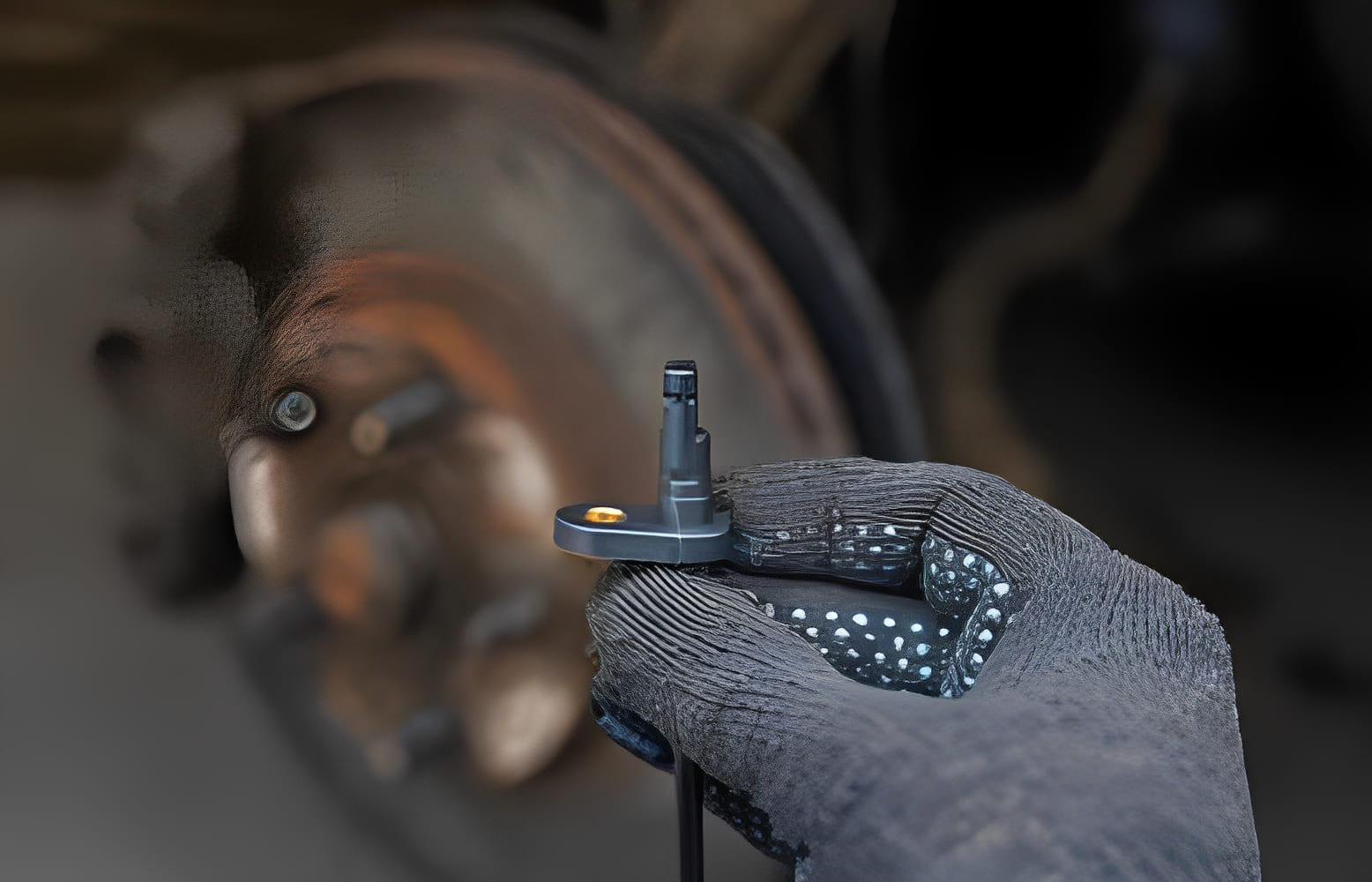Let’s explore the intriguing world of electromagnetic brakes. Wondering how they work and why they’re crucial in various systems? Get ready for a deep dive as we unravel the mysteries of magnetic brakes!
What Are Magnetic Brakes?
Magnetic brakes, often referred to as electromagnetic brakes, represent a cutting-edge technological leap that significantly influences a myriad of applications. Their impact is profound, extending from industrial machinery to the intricate workings of automotive systems. At the core of their functionality lies the exploitation of magnetism, an ingenious method employed to masterfully control the motion of rotating components.
Key Characteristics of Magnetic Brakes:
- Magnetic Fields – The Powerhouses: These brakes derive their prowess from the manipulation of magnetic fields, an intricate dance that births the formidable braking force essential for their operation.
- Precision Control – Navigating with Finesse: One of the standout features of magnetic brakes is their unparalleled precision control. This characteristic renders them indispensable in applications that demand meticulous management of deceleration and stopping processes.
- Maintenance Advantage – Durability Unleashed: In a stark departure from traditional friction brakes, magnetic brakes emerge triumphant with a notable maintenance advantage. The reduced wear and tear they experience translates to a longer lifespan, offering an attractive proposition for those seeking durability and longevity in their braking systems.
How Do Magnetic Brakes Work?
Understanding the inner workings of magnetic brakes can be a bit like unlocking a puzzle. Let’s break it down into simple steps:
- Magnetic Field Generation – Magnetic brakes consist of a stator and a rotor. The stator generates a magnetic field when an electric current passes through it.
- Inducing Eddy Currents – As the rotor, typically made of a conductive material, spins within the magnetic field, it induces eddy currents.
- Creation of Counter Magnetic Field – These eddy currents, in turn, create a counter-magnetic field that opposes the original magnetic field from the stator.
- Braking Force Generation – The interaction between the opposing magnetic fields generates a braking force, slowing down or stopping the rotation of the rotor.
- Variable Force Control – By adjusting the current passing through the stator, the braking force can be finely controlled, offering a versatile and precise braking system.
Types of Magnetic Brakes:
Now that we’ve demystified the basic operation, let’s explore the diverse landscape of magnetic brakes, each designed for specific applications.
- Eddy Current Brakes – These brakes use the principle of eddy currents to generate braking force. Commonly found in high-speed trains and roller coasters for smooth and controlled braking.
- Hysteresis Brakes – Operating on the hysteresis loop of magnetic materials, these brakes offer a constant braking force. They are often used in applications where consistent torque is essential, such as medical equipment.
- Powder Brake and Clutch – Utilizing magnetic powder, these brakes provide an adjustable and smooth torque transfer. Applications include tension control in the manufacturing of films, papers, and textiles.
- Magnetic Particle Brakes – Employing magnetic particles suspended in a fluid, these brakes offer variable torque. Widely used in applications like printing presses and packaging machinery.
There you have it – a glimpse into the captivating world of electromagnetic brakes. From the ingenious principles behind their operation to the diverse types catering to specific needs, magnetic brakes are a true marvel of modern engineering.
For those looking to find magnetic brakes for their projects, check out QuoteBeam’s selection of magnetic brakes. It’s the perfect place to discover cutting-edge solutions for your braking needs.
As we continue to push the boundaries of technology, magnetic brakes stand as a shining example of how innovation and precision can work hand in hand.
